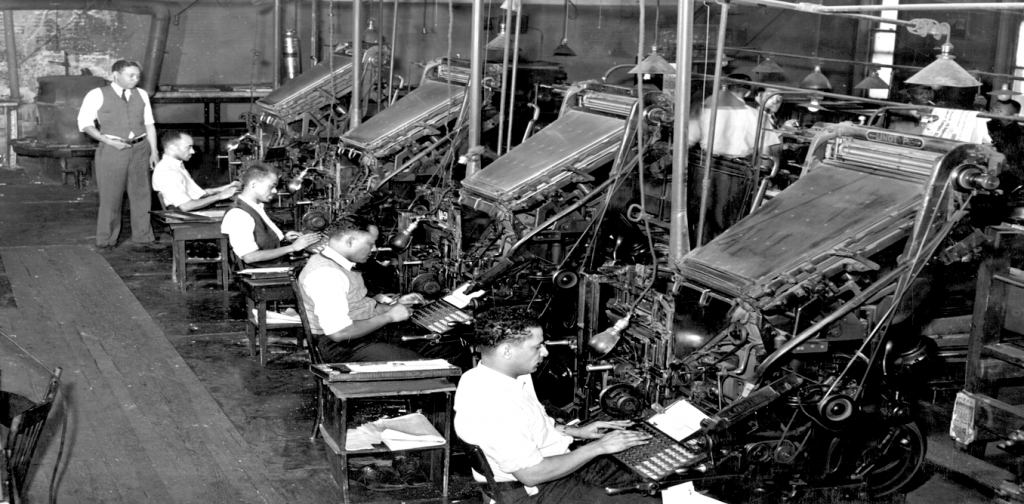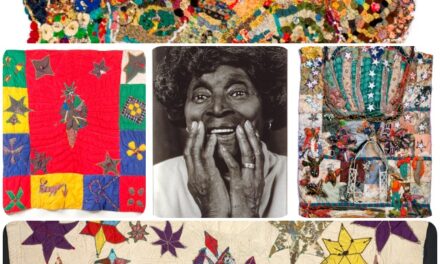Compiled by Speakin’ Out News

Alabama Black-owned newspapers Speakin’ Out News, The Birmingham Times, The Greene County Democrat, and The Mobile Beacon continues in the Legacy of the Black Press of America
Founded on March 16, 1827 as a four-page, four-column standard-sized weekly, Freedom’s Journal was the first black-owned and operated newspaper in the United States, and was established the same year that slavery was abolished in New York State. Begun by a group of free black men in New York City, the paper served to counter racist commentary published in the mainstream press. Samuel E. Cornish and John B. Russwurm served, respectively, as its senior and junior editors.

(Wikimedia Commons)

Freedom’s Journal was similar to other antebellum reform papers in that its pages consisted of news of current events, anecdotes, and editorials and was used to address contemporary issues such as slavery and “colonization,” a concept which was conceived by members of The American Colonization Society, a mostly white pro emigration organization founded in 1816 to repatriate free black people to Africa. Initially opposed to colonization efforts, Freedom’s Journal denounced slavery and advocated for black people’s political rights, the right to vote, and spoke out against lynchings.
Freedom’s Journal provided its readers with regional, national, and international news and with news that could serve to both entertain and educate. It sought to improve conditions for the over 300,000 newly freed black men and women living in the North. The newspaper broadened readers’ knowledge of the world by featuring articles on such countries as Haiti and Sierra Leone. As a paper of record, Freedom’s Journal published birth, death and wedding announcements. To encourage black achievement it featured biographies of renowned black figures such as Paul Cuffee, a black Bostonian who owned a trading ship staffed by free black people, Touissant L’Ouverture and poet Phyllis Wheatley. The pa- per also printed school, job and housing listings.
At various times the newspaper employed between 14 to 44 agents to collect and renew subscriptions, which cost $3 per year. One of its agents, David Walker from Boston, eventually became the writer of “David Walker’s Appeal,” which called for slaves to rebel against their masters. Freedom’s Journal was soon circulated in 11 states, the District of Columbia, Haiti, Europe, and Canada. A typical advertisement cost between 25 to 75 cents.
Russwurm became sole editor of Freedom’s Journal following the resignation of Cornish in September 1827, and began to promote the colonization movement. The majority of the newspaper’s readers did not support the paper’s radical shift in support of colonization, and in March 1829, Freedom’s Journal ceased publication. Soon after, Russwurm emigrated to the American Colonization Society of Liberia, and became governor of the Maryland Colony. Cornish returned and attempted to revive the newspaper in May 1829 under the new name “The Rights of All,” but the pa- per folded after less than a year. Freedom’s Journal’s two-year existence, however, helped spawn other papers. By the start of the Civil War over 40 black-owned and operated papers had been established throughout the United States. Over the years the list of contributors to the Black Press who have lent their talents as publishers, editors, journalists, columnists and cartoonists has included the greatest names in American history. Among them are Frederick Douglass, W.E.B. DuBois, Ida B. Wells Barnett, Langston Hughes, Romare Bearden, James Weldon Johnson, Mary McLeod Bethune and Daisy Bates.
In 1941, under the urging of John Sengstacke of the Chicago Defender, a meeting of leading Black publishers from across the nation was called in Chicago. Sengstacke said the meeting was designed for “harmonizing our energies in a common purpose for the benefit of Negro journalism.” At least one representative from 22 publications attended the meeting and the group decided to form the National Negro Publishers Association. In 1956, the trade association of the nation’s Black Press was renamed the National Newspaper Publishers Association.
Today the NNPA is comprised of more than 200 Black newspapers in the U.S. and the Virgin Islands. NNPA newspapers have a combined readership of 15 million and the organization has forged ahead into the digital age with the creation of an electronic news service and the BlackPressUSA. com web site that enables the Black Press to provide real-time news and information to its national constituency.
Thus, into the communication age of the new millennium NNPA –the Black Press of America — continues to fulfill the declaration set forth by Cornish and Russwurm: “We wish to plead our own cause.”
–












